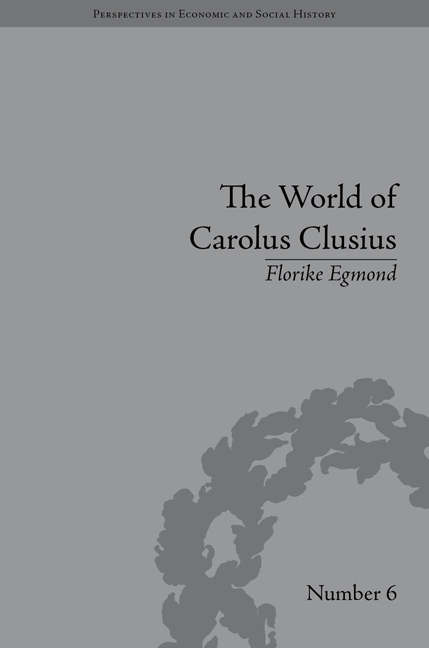Book contents
- Frontmatter
- CONTENTS
- Miscellaneous Frontmatter
- Preface
- Technical Note
- Abbreviations
- List of Figures
- Introduction
- I The Southern Netherlands
- 1 The Garden of Europe: Botany as a Courtly Fashion in the Southern Netherlands
- 2 Expert Gardeners: Growing Rare Plants during the late Sixteenth Century
- II Habsburg Women
- III Italy
- IV France
- V Holland
- VI Beyond Place
- Conclusion
- Notes
- Works Cited
- Index
1 - The Garden of Europe: Botany as a Courtly Fashion in the Southern Netherlands
from I - The Southern Netherlands
- Frontmatter
- CONTENTS
- Miscellaneous Frontmatter
- Preface
- Technical Note
- Abbreviations
- List of Figures
- Introduction
- I The Southern Netherlands
- 1 The Garden of Europe: Botany as a Courtly Fashion in the Southern Netherlands
- 2 Expert Gardeners: Growing Rare Plants during the late Sixteenth Century
- II Habsburg Women
- III Italy
- IV France
- V Holland
- VI Beyond Place
- Conclusion
- Notes
- Works Cited
- Index
Summary
Cultivating Plants
According to the botanist Matthias de Lobel (1538–1616), his native Southern Netherlands occupied the first rank in botanical and horticultural matters in all of Europe. In this single country more plants, shrubs and trees could be found than in any other – not excluding ‘ancient Greece, spacious Spain, the whole of Germany, England and France, and even Italy which is so well cultivated’. He particularly emphasized that plants and flowers from all over the world were brought to this ‘most famous market [emporium] of Europe’, and were cultivated there, in spite of the adverse climate, but thanks to the hard work, diligence and perseverance of the inhabitants.
Lobel was neither the first nor the last to remark upon the special reputation of the Southern Netherlands in this respect. There are references to the enormous quantities of fruit trees, flowers, shrubs, trees and medicinal herbs that could be seen there in the early sixteenth century; every foreigner visiting this part of the world admired them. By the 1560s inhabitants of the Southern Netherlands were said to have developed a real taste for flowers and to spend great sums of money on plants just for pleasure. And there is other evidence as well, such as the number of celebrated gardens of this period; the importance of Flemish printers-publishers – most famously Plantin – who produced works on plants; the prominence of the Flemish ‘fathers of botany’, Lobel (Lobelius), Dodoens (Dodonaeus) and Clusius;
- Type
- Chapter
- Information
- The World of Carolus ClusiusNatural History in the Making, 1550–1610, pp. 11 - 24Publisher: Pickering & ChattoFirst published in: 2014



